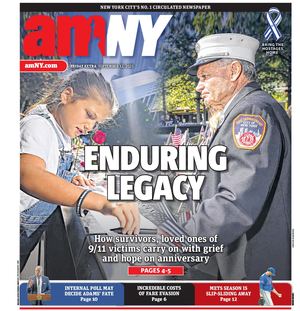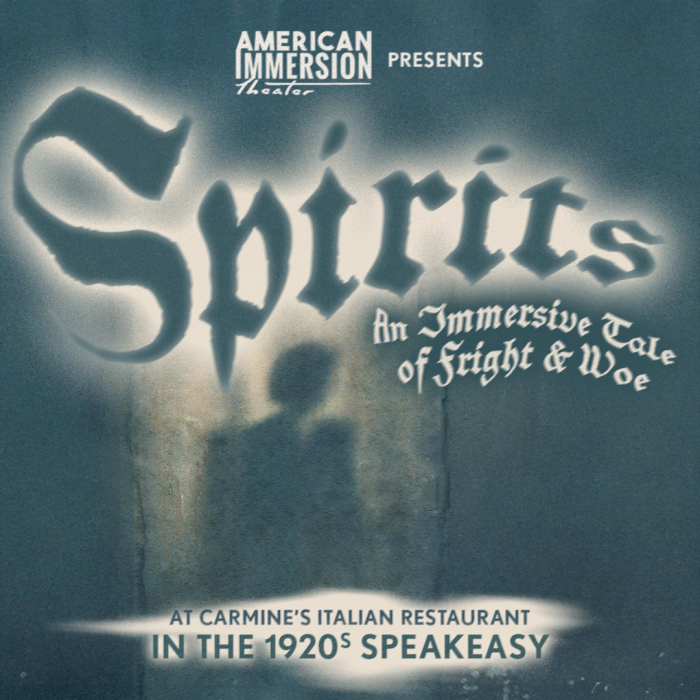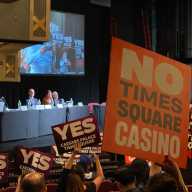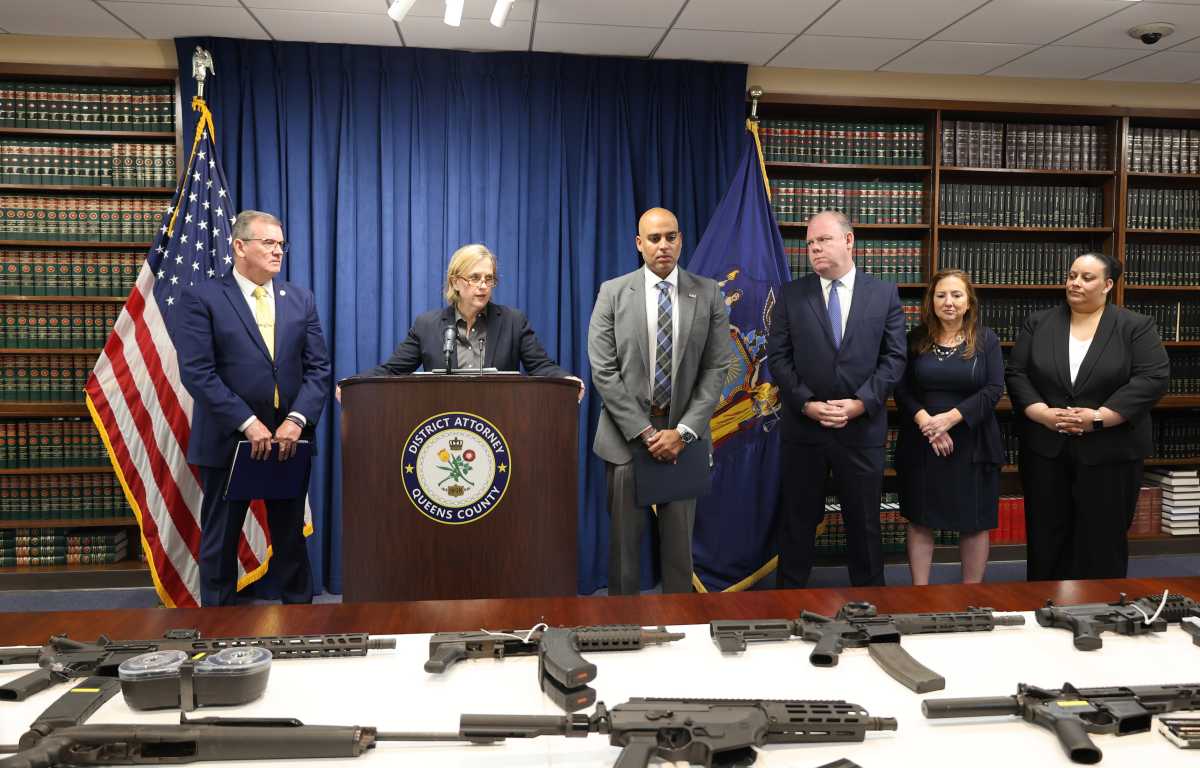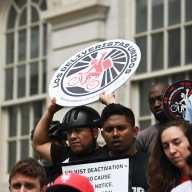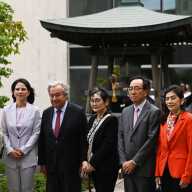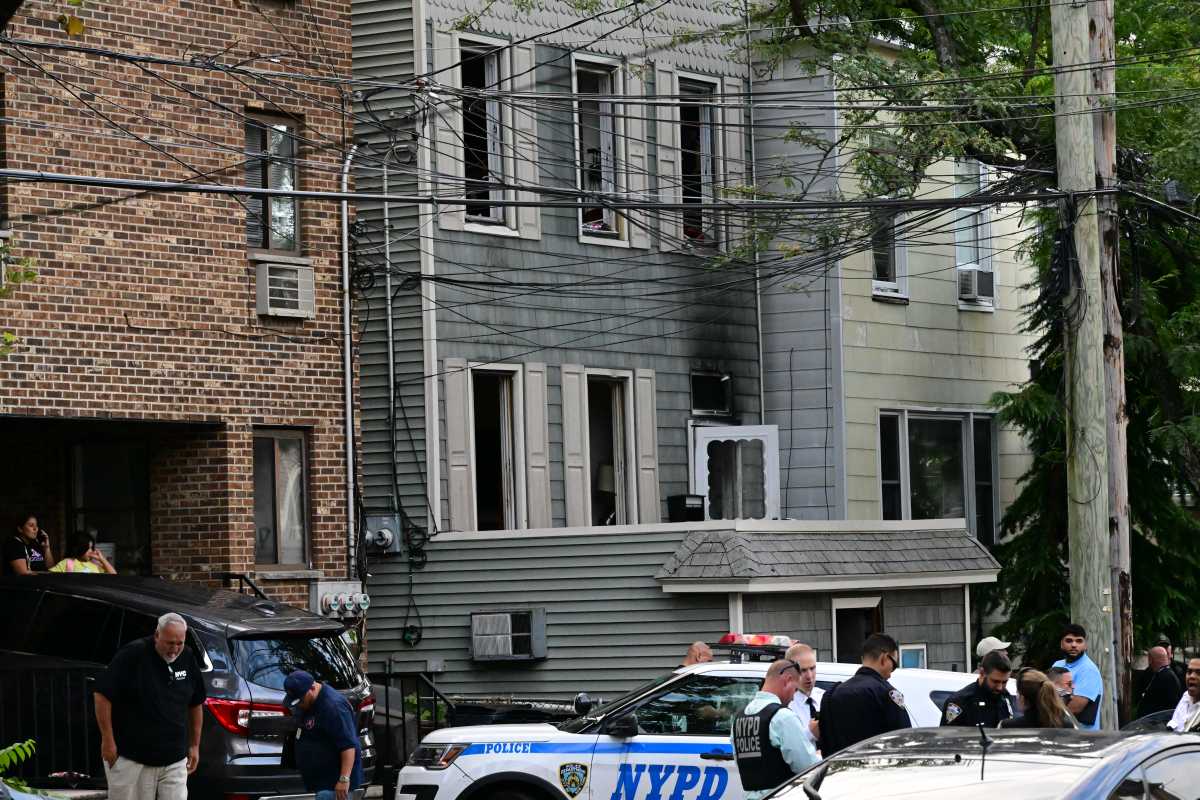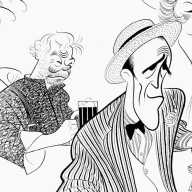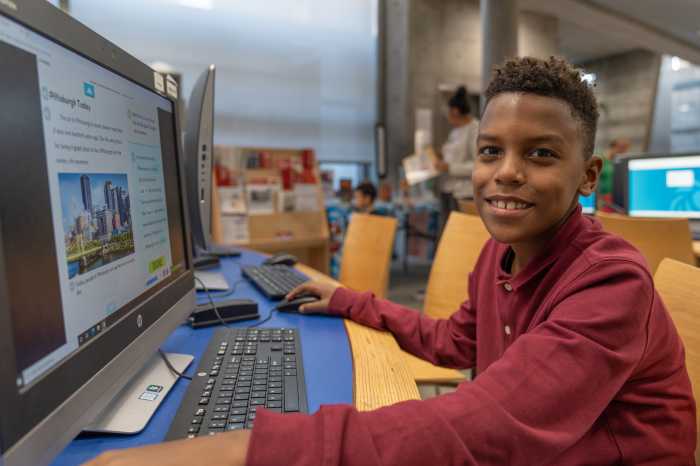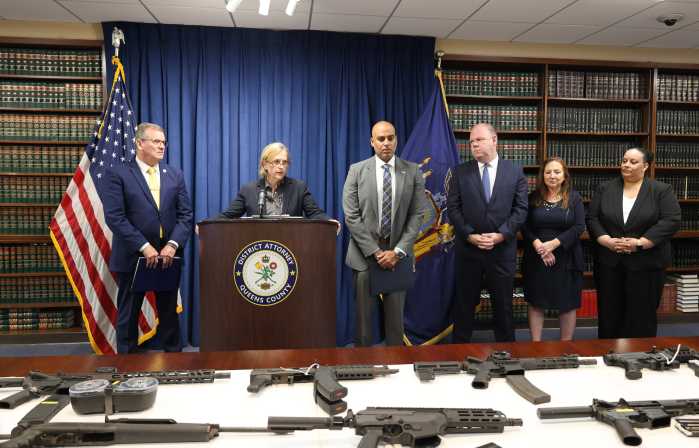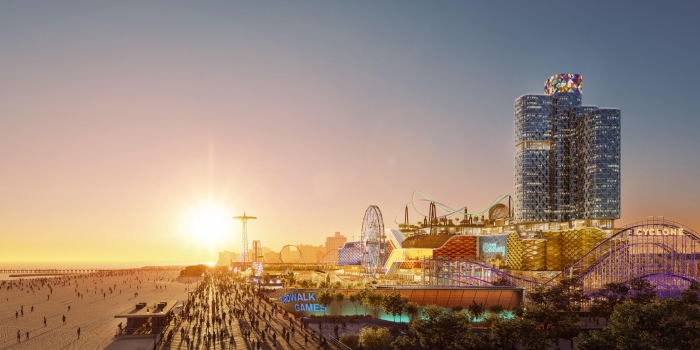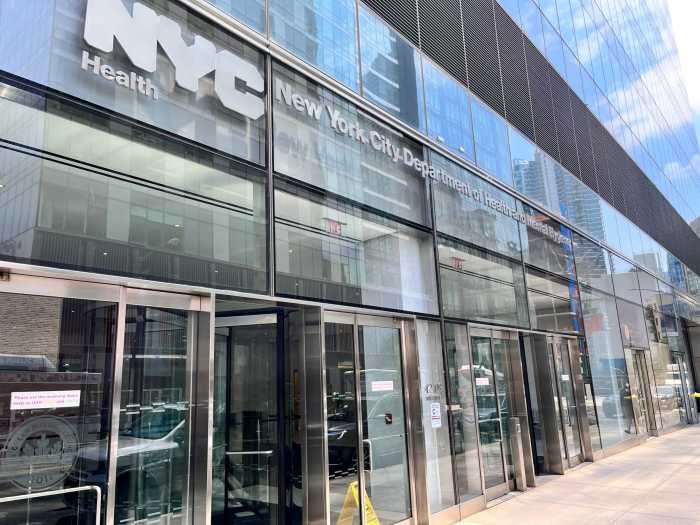A street is just a street, until it isn’t.
In 2008, Janette Sadik-Khan, then-transportation commissioner for Mayor Michael Bloomberg, began the startling process of reclaiming Times Square’s roadways from drivers.
Sadik-Khan is the author of “Streetfight,” which recounts her time in charge of 6,000 miles of NYC pavement. She was a controversial figure: the prophet of bike lanes and pedestrian plazas, which some saw as unnecessary encroachments into car territory.
Today, Times Square is safer for pedestrians — there and in the pedestrian zone at Herald Square, pedestrians injured in car crashes dropped 35 percent despite increased space to walk. Traffic in West Midtown got better, according to taxi GPS data.
And space that used to be devoted to traffic jams is now a site for sitting, taking pictures or haggling with costume characters, in what was once the middle of the street. Bike lanes and pedestrian plazas continue to spread throughout the city under Mayor Bill de Blasio.
What are some of the changes that took place on city streets while you were commissioner?
In just six years we put down 400 miles of bike lanes. We set in motion 60 plazas and seven rapid bus lines, launched the largest bike share system in North America. So we really changed the fabric of the city in a very short period of time using mostly the tools that we had in our existing tool kit.
But the impact of the bike lanes extends so much farther beyond the bike lanes itself.
It makes the streets safer for bikers but also for pedestrians and for drivers as well because drivers slow down when they see something happening on the street other than a signal to just go as fast as possible. And pedestrians are much more visible because we put in pedestrian islands. So it’s a really profound idea that to make a better city you start by building a bike lane.
In your book you mention the use of public escalators in Medellín, Colombia, as hillside transportation. Are there similarly zany ideas that can apply to NYC?
Times Square’s not zany enough for you?
Now I’m used to it. That’s the new normal.
I love that, like what are you going to give me next.
Dan Doctoroff [a deputy mayor under Blomberg] looked at a plan for a gondola that went from Brooklyn to Governor’s Island.
Nighttime lighting is another really strong possibility for the city, particularly one like New York that is a 24-hour city.
You could have different lighting districts, different lighting for different times of the day, targeted specifically. When you think about it, so many workers are actually on a late night-early morning shift, and yet we’ve designed our whole city for the daytime hours.
Or what if we transformed all of that space that we use to park cars — which could be 50 percent of the real estate on our streets — and use that for affordable housing and huge new bikeways and pedestrian plazas and avenues and really fast bus lines? Now that’s quite transformative.
It’s kind of mouthwatering to see all those possibilities.
New York Magazine described you as “equal parts Jane Jacobs and Robert Moses.” Do you identify more with one?
I think that if we’re going to save our cities, we’re going to have to flip the playbooks of both Jacobs and Moses. Jane Jacobs talked about how human street contacts are the social capital that makes cities grow and I don’t think there’s a better description — that by investing in our streets we are literally investing in our people.
Given how much of the last century we spent building a city for cars we’re going to need an almost Moses-like retrofit for cities to reclaim all of that road-space.
For all of his detractors, Moses was really remarkable in his vision and his speed of implementation.
So I think this time, designs need to build on Jane Jacobs’ human scale, with a rich community process, focused on moving forward on these projects and not ending them.
In some ways that’s an incremental change that can end up being very radical.
People overlook the transformative power of the streets.
It’s revolutionary to realize that our streets can be more than just speedways for cars. They make up a quarter of the public space in the city, so they’re really our front yards. But most residents don’t have expectations that they can be better.
This interview has been edited and condensed for clarity.
This is amExpress, the conversation starter for New Yorkers. Subscribe at amny.com/amexpress.
